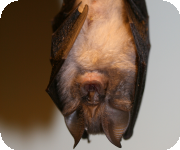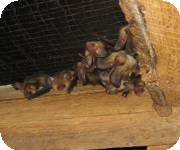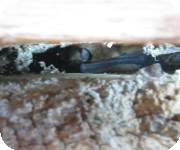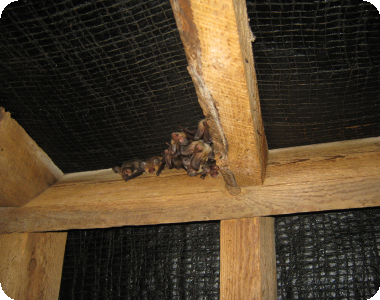Bats
Bats are the only true flying mammals, and in Britain there are at least seventeen species, all of which are fully protected. Insects are detected using sophisticated 'echo-location' abilities, rather like radar on a fighter plane. Whilst they also have good eyesight, the echo-location enables them to "see" in total darkness.
Over the past hundred years bats have suffered devastating declines in their numbers and today several species are on the brink of extinction. Since 1981 all British bats and their places of rest (roosts) have been protected under the provisions of the Wildlife and Countryside Act (as amended). This legal protection has been added to under the provisions of the Conservation of Habitats and Species Regulations 2017 and the Countryside and Rights of Way Act 2000.
For nearly thirty years we have been working with bats and we have unrivalled experience in their conservation. Our ecologists are fully licenced to work with all species of bat in the United Kingdom and have confined spaces training for medium as well as high risk sites where clients require this.
How we can help:
- Surveys of any type of structure, including, buildings, trees, underground sites, medium and high risk confined spaces, highways, roads, culverts and bridges
- European protected species licence applications
- Mitigation schemes
- Expert witness services
- Research projects including radio tracking, mist netting and ringing species
- Desktop studies
- Bat box projects and schemes
- Monitoring
- Training courses
We offer Bat surveys in the following areas:
Brecon Beacons, Powys, Cardiff, Monmouthshire, Swansea, Herefordshire, Merthyr Tydfil, Newport, Carmarthenshire, Bridgend, Neath Port Talbot, South Wales, Ceredigion, Bristol, Vale of Glamorgan, Somerset, Caerphilly, Torfaen, Rhondda Cynon Taff, Pembrokeshire, Gloucestershire, Worcestershire, Shropshire, Blaenau Gwent, Forest of Dean, Devon and Gower.




Did you know?
Did you know that all British bats eat only insects and that a small pipistrelle bat can consume up to 3,500 small insects in a single night?